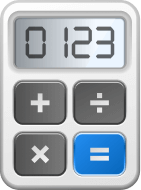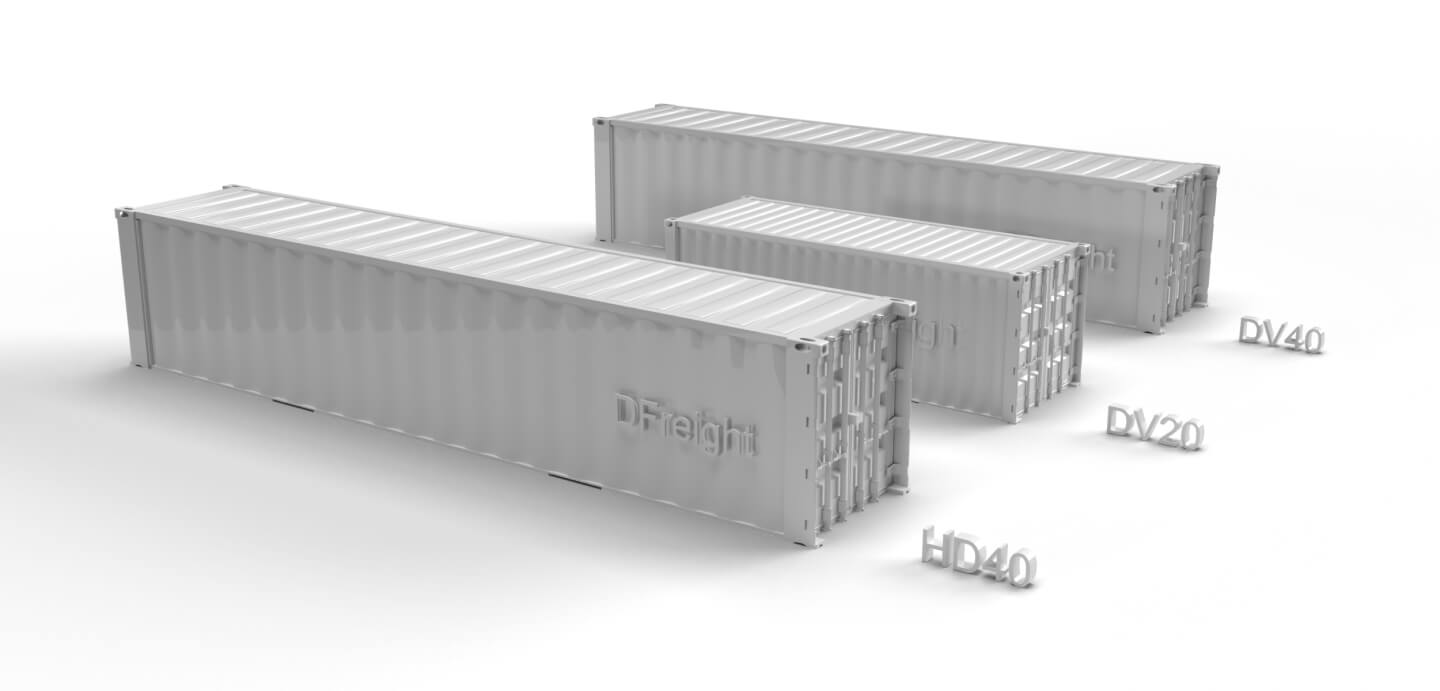
Calculate Your Shipment’s CBM in Seconds
Why Is Calculating CBM Important?
CBM is important to consider when shipping because it determines the amount of space your goods will occupy in the shipping container. The larger the volume of your shipment, the more CBM it will take up, and the higher the shipping costs will be.
Take an Example:
Let’s say you’re shipping a pallet of goods that measure 2 meters x 1 meter x 1 meter. The total volume of your shipment would be 2 CBM. If you were shipping the same pallet of goods to a destination that’s twice as far away, the shipping costs would be double because your goods would occupy double the amount of space in the shipping container. When calculating the cost of shipping, it’s essential to estimate the CBM of your shipment accurately.
To calculate your shipment’s CBM, you must multiply three things: Width, Height, and Length of your shipment. The cubic volume that fits in your package is the outcome. To determine the CBM of your cargo, just follow these four simple steps:
- Decide whether to use centimetres or inches as the measuring unit.
- Enter the dimensions of your box, pallet, or package into the calculator.
- Verify that the calculator’s unit of measurement corresponds to what you entered.
- The resulting number presented is the cubic volume of your shipment.
How About Multiple Shipments?
If you have multiple shipments of your cargo, calculate every single shipment’s CBM through the calculator. Then add up the resulting numbers to obtain your total shipment volume.
What If Your Shipment Is Circular?
Many carriers will square the circle. The diameter of the circle serves both the width and height in this arrangement. If not, you must multiply the radius by Pi, then by 2, and finally by the length.

Choose the Right Container
You may choose the appropriate container now that you know the CBM of your cargo. As a general guideline, consider the maximum capacity to be only a little bit more than 80% full. The cost of shipping will be determined by the final container utilized. If you want detailed information on different types of containers, go here. The size and shape of your shipments will determine how much usable space you need in a shipping container.
| Container Type | Length | Width | Height | Capacity | Maximum |
|---|---|---|---|---|---|
| 20' | 589 cm | 234 cm | 238 cm | 25-28 CBM | 33 CBM |
| 40' | 1200 cm | 234 cm | 238 cm | 56-58 CBM | 66 CBM |
| 40' HC(High Cube) | 1200 cm | 234 cm | 269 cm | 60-68 CBM | 72 CBM |
| 45' HC(High Cube) | 1251 cm | 245 cm | 269 cm | 72-78 CBM | 86 CBM |
What does CBM stand for in the freight industry?
CBM is an acronym that stands for “cubic meter.”
What is CBM in the freight industry?
CBM is a unit of measurement used to calculate the volume of a shipment. It specifies how much room your cargo will occupy on a ship, an aircraft, or a truck, which in turn determines the cost of transportation.
Why do I need to calculate CBM for my shipment?
CBM is an essential metric in the shipping industry. This is important because the cost of shipping is often based on the volume of the shipment.
How can I calculate CBM for my freight?
CBM = Length x Width x Height
This equation determines your cargo volume in CBM (m3).
Consider a carton with dimensions of 3 meters long, 4 meters wide, and 2 meters high. Then, it has a volume of 24 m3 (3 x 4 x 2).
How can I calculate CBM for multiple same-size packages?
If you have identical cartons in a single consignment, you can simply multiply the CBM by the total number of cartons to determine the total volume. For example, if you plan to ship ten cartons measuring 24m3, the total CBM will be 24 x 10 = 240 m³.
How can I calculate CBM for multiple packages of different sizes?
If your cartons are different sizes, use the same formula to determine the CBM for each carton and then add up the total.
How can I calculate CBM for round shipments?
Most carriers will square the circle. The circle’s diameter serves both the width and height in this arrangement. If not, you must multiply the radius by Pi, then by 2, and finally by the length.
Is CBM the only way to calculate freight costs?
CBM is not the only way to calculate freight cost, but it is the most common method. Other methods include weight, value, and distance.
What is the difference between CBM and Volumetric Weight?
CBM is the volume of a shipment, calculated by multiplying the length, width, and height of the shipment. Volumetric weight is the dimensional weight of a shipment, calculated by multiplying the length, width, and height of the shipment converted into its weight equivalent (CBM to kg).
How can I calculate Volumetric Weight for my shipments?
Depending on the mode of transportation (ocean, air, road) and carrier, volumetric weight can be calculated using either of these formulas:
1. CBM x DIM Factor = Dimensional/Volumetric Weight
2. Length (cm) x Width (cm) x Height (cm) x Quantity / DIM Factor = Dimensional Weight
The quantity is the total number of packages in a single freight consignment.
What is the DIM factor in the freight industry?
DIM (Dimensional) factor is a standard unit used to measure the volumetric weight of a shipment. It is used to calculate the shipping charges for a shipment.
The DIM factor changes depending on the freight mode and carrier (truck, courier, sea, and air). The widely acknowledged DIM variables are:
– Ocean Freight – 1:1,000 (1 m³ = 1,000 kg or 1 ton)
– Air Freight – 1:167 (1 m³ = 167 kg or 0.167 ton).
– Road Freight (Less-Than-Truckload or LTL) – 1:3,000 (1 m³ = 3,000 kg or 3 tons).
– Courier Freight – 1:5,000 (1 m³ = 5,000 kg or 5 tons)
What is Chargeable Weight?
The chargeable weight is the weight of a shipment that is used to calculate the shipping cost. Once you have calculated your consignment’s Groos Weight and Dimensional Weight, your freight service provider will charge you based on whichever of the two is greater. If gross weight is higher than dimensional/volumetric weight, you will be charged based on the former. However, if the dimensional weight is bigger, that will be considered the chargeable weight.
Example 1:
– Shipment Dimensions: 3 m x 4 m x 2 m
– CBM: 3 x 4 x 2 = 24 m³
– DIM Factor: 1:1,000
– Gross Weight: 800 kg (0.3 tons)
– Shipping Rate: $60 per CBM/ton
Since volumetric weight (CBM) is greater than gross (actual) weight, shipping will be charged based on CBM. Therefore, the freight cost will equal 60 x 24 = $1,440
Example 2:
– Shipment Dimensions: 3 m x 4 m x 2 m
– CBM: 3 x 4 x 2 = 24 m³
– DIM Factor: 1:1,000
– Gross Weight: 27,500 kg (27.5 tons)
– Shipping Rate: $60 per CBM/ton
Since gross weight is greater than volumetric weight, shipping will be charged based on gross weight. Therefore, the freight cost will equal 60 x 27.5 = $1,650